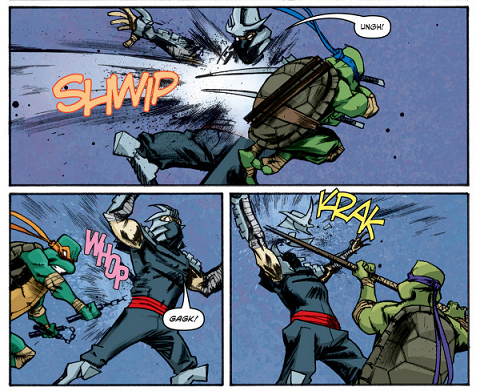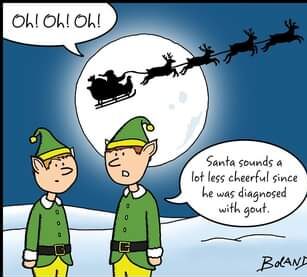A 35 year old man is fighting a ninja when he gets open-fist slammed in the chest. His vital signs and physical exam are both unremarkable. What do you do?
A. Order an EKG
B. Check cardiac enzymes
C. Observe for 4-6 hours
D. All of the above
The best way to diagnose or exclude clinically significant blunt cardiac injury remains undefined. Ideally, cardiac monitoring, hospitalization, and advanced diagnostic studies would be restricted to patients with a high likelihood of developing cardiac complications.
In a hemodynamically stable patient for whom there is low suspicion for blunt cardiac injury, screening with serial EKGs and cardiac monitoring for 4-6 hours is sufficient. So, to be clear, the evidence suggests that in the above patient you obtain serial EKGs and observe them in the ER for six hours. I present this case to highlight the disconnect between academic medicine and real-world medicine.
In the real world, this patient would have already received a chest x-ray, EKG, and labs (including cardiac enzymes) at triage. On the off chance that the department was empty or the triage team was asleep and nothing had been ordered yet, you would likely order an EKG, chest x-ray, and troponin.
A 2001 study of patients with high-risk blunt chest trauma was done to evaluate the utility of troponin measurements. The authors concluded that in the hemodynamically stable patient, a normal troponin 4 to 6 hours after injury excluded clinically significant blunt cardiac injury (regardless of the initial EKG). Patients with suspected cardiac contusions who had normal troponins and no other serious injuries could be safely discharged home from the emergency department.
Another study enrolled 115 patients with blunt chest trauma – EKG and troponins were measured and the authors found that negative predictive values for each were 95% and 93% respectively. When used in combination the negative predictive values were 100%. Authors concluded that patients with a normal EKG and troponin could safely be discharged in the absence of other injuries.
Here’s what UptoDate has to say: “While controversy continues regarding the role of biomarkers, we do not routinely obtain a troponin in the stable patient with blunt chest trauma in the absence of significant ECG abnormalities, symptoms suggestive of ischemia, or age >60 years. In the presence of such findings, it is reasonable to obtain a troponin at presentation and four to six hours thereafter.”
One study even goes as far as concluding that elevated troponins occur more frequently among patients with significant nonthoracic trauma than in those with thoracic trauma – due to an increase in physiologic stress rather than actual mechanical chest trauma.
So which is it? EKG alone or EKG + cardiac enzymes? The 2012 EAST practice guidelines for blunt trauma recommends both an EKG and troponin. Based on their data, a normal EKG in blunt chest trauma has a NPV of 95%. This increases to 100% with a normal troponin. Rather than deliberating over this decision, order both. While studies have given conflicting results over whether one or both are needed, authors are consistent in their recommendation that patients have 4-6 hours of observation. If the patient remains hemodynamically stable and there is no change in either the EKG or the troponin, the patient can safely be discharged home. Do the workup, make a decision on disposition, and move on – you have a waiting room full of ninja victims and nunchuku accidents to get through.




